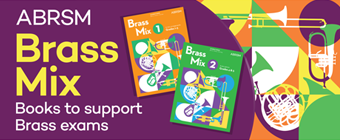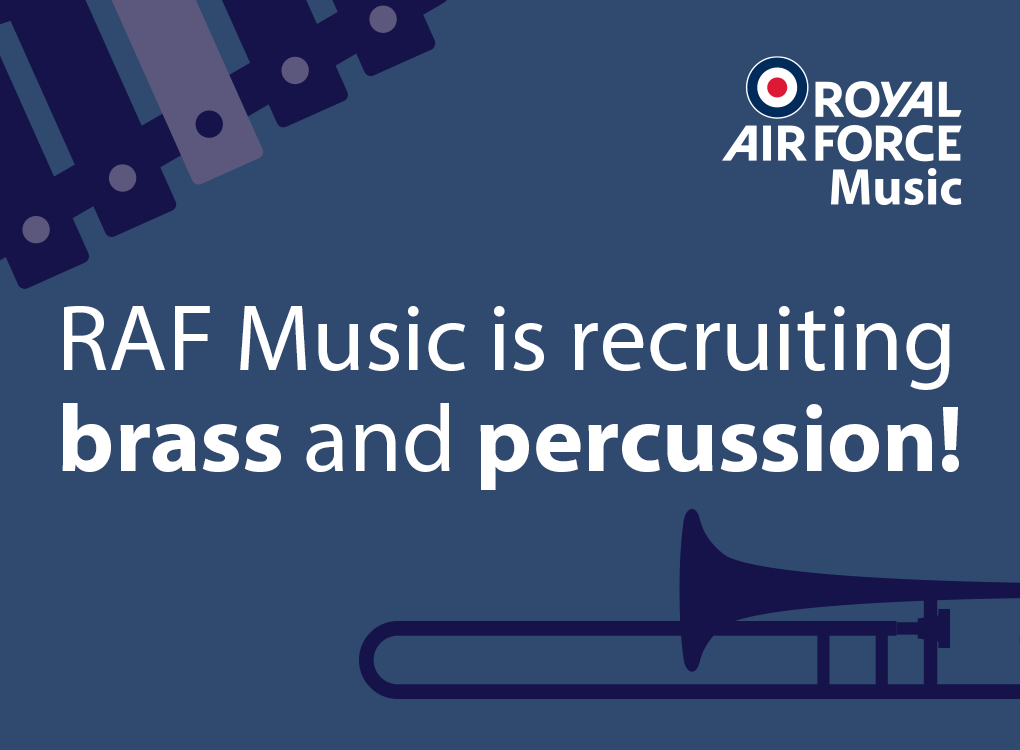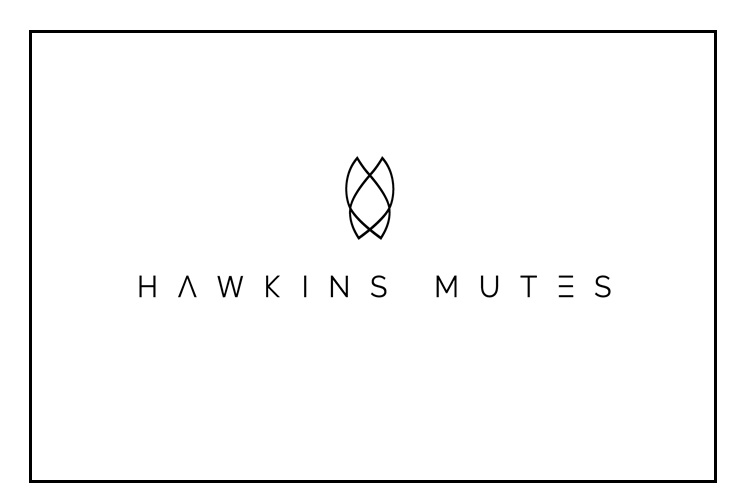
The design, manufacture, and use of mutes for brass instruments is both niche and utilitarian.
It’s a market driven by a desire of the designer to produce something that is distinctive as well as popular in form and function, by the manufacturer who can produce quality as well as quantity at an affordable price, and the player who believes the product does what it says it intends to do.
When these factors align, a successful product emerges, appealing to both individual musicians and ensembles.
Fan base
Hawkins Mutes currently cater primarily to individual performers, but they have seen growing popularity amongst groups and bands in the past couple of years.
The fan base is growing- with the likes of Allen Vizzutti, Mary Elizabeth Bowden, Matilda Lloyd and Mark Upton finding them to their liking.
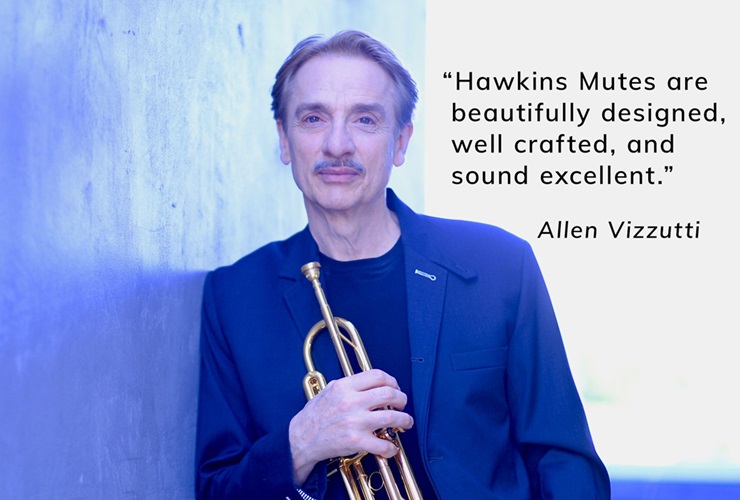
3D plastic printing
Designed and produced by Tony Hawkins, a professional trumpet player with extensive performance experience, his mutes were developed using advanced 3D plastic printing technology. A blow moulding process adds extra strength and weight-savings.
His aim he says was to create mutes that offered, “a more mellow timbre, bridging the gap between the edgy metallic mute and the softer fibre/wood sounds.”
4BR tested the trumpet/cornet mutes to gain further insight and find out more about how they play.
After extensive prototype development, an initial product line was refined and submitted for patent. The current range now includes mutes for trumpet/cornet, French horn, trombone, and flugelhorn.
4BR tested the trumpet/cornet mutes to gain further insight and find out more about how they play.
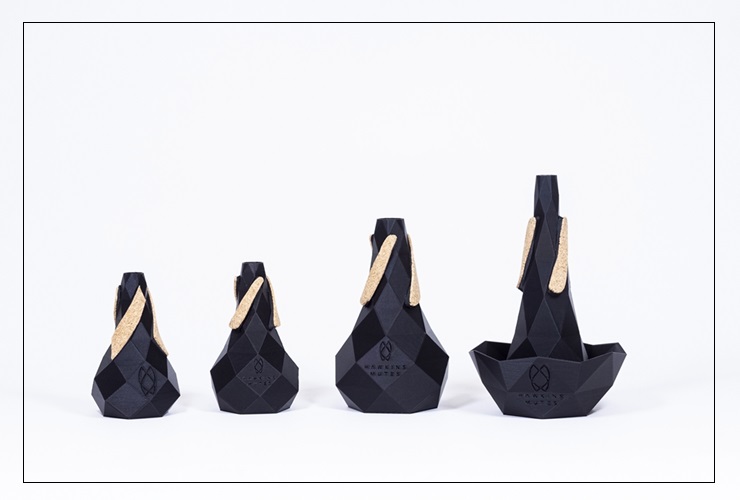
Products:
London Straight:
Wide aperture leading to broad body aimed at creating a rich, clean sound without the hardened direct tonality of a metal mute. [63g]
Berlin Straight:
Narrow, longer aperture and neck leading to a broad body, aimed to create a louder, more direct, free-blowing sound with a brighter tonality. Also works with rotary trumpets. [64g]
Cambridge Straight:
Same aperture as the London model but in a different material mix. This was designed with students in mind with cost savings. Aimed to produce a slightly less ‘zingy’ sound. [61g]
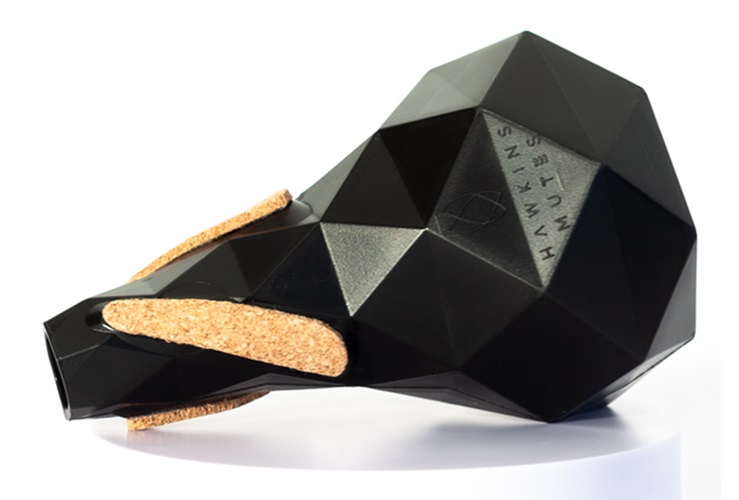
The London straight mute (above)
Non-adjustable Cup Mute:
Designed with a small aperture and long tapered body attached to a non-adjustable cup. The lack of internal covering in the cup produces a dark, direct tonal sound quality. [122g]
Adjustable Cup Mute:
The cup can be twisted to the desired position, offering a range of tonalities that the makers say ranges from ‘vintage straight’ (with the cup removed) to ‘classic cup’ and ‘bucket sound.’
A small, removable flannel ‘sock’ on the main body allows for further tonal experimentation. [184g]
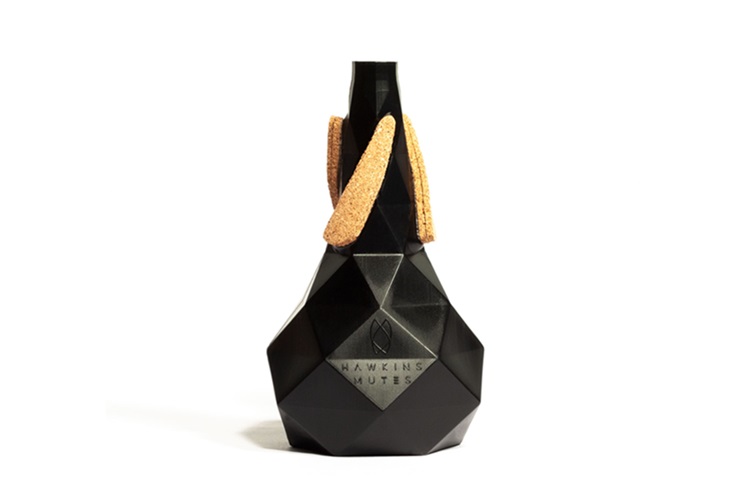
The Berlin straight mute (above)
Practice Mute:
Features a compact design with a wide aperture that aims to provide free blowing without distortion. [88g] (We did not test this model)
Harmon Mute:
Boasts a classic bulb design with a wide aperture and an adjustable screw tube that extends up to 10 cm that aims to provide precise control over timbre with a dark, smooth resonance. [126g]
Design:
The mutes are certainly distinctive. The black plastic multi-panelled design is ergonomically easy in the hand, allowing you to twist the mute into the bell of the instrument without using force, as well as making small secure adjustments on the adjustable cup and harmon mute.
The clever twist of the corks aids the process. They are also thick enough to take some filing if required.
The black plastic multi-panelled design is ergonomically easy in the hand, allowing you to twist the mute into the bell of the instrument without using force
The flat hexagonal base ensures they are stable when put on the floor, whilst the wide flare of the extended tube of the Harmon Mute does the same thing.
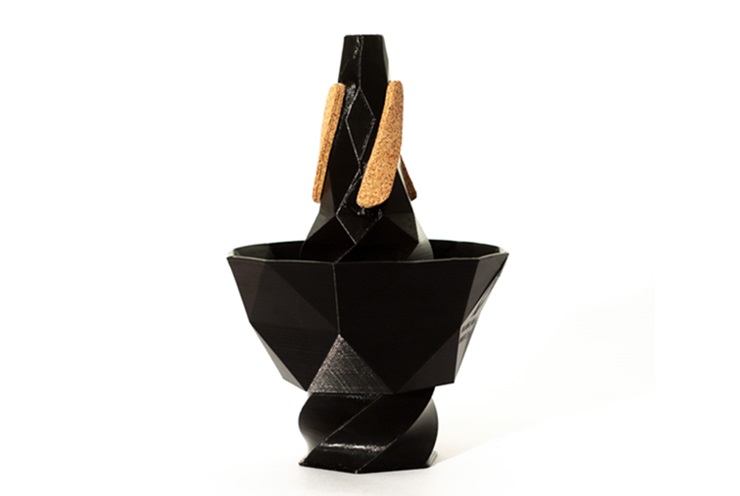
The adjustable cup mute (above)
Build Quality:
The high-quality plastic compound used is hard but not brittle, ensuring robustness and resistance to cracking or breaking if accidentally dropped. Although lightweight, the mutes feel substantial, especially the cup mutes.
The edges are crisply cut, so care should be taken to avoid scratching the instrument’s lacquer or silver plate.
The edges are crisply cut, so care should be taken to avoid scratching the instrument’s lacquer or silver plate.
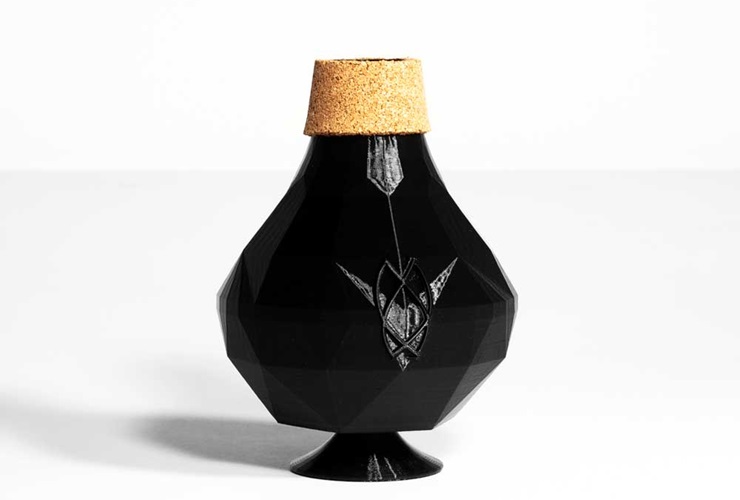
The adjustable Harmon mute (above)
Tonal and Intonation Quality:
Hawkins Mutes aim to offer a distinctive tonal option by maintaining clarity, accuracy, and purity – and we found that on the models that we tested.
The designs and build quality ensure consistency, crucial for blending a full section of players.
Interestingly, the cornet mutes tested showed a subtle variance in tone, with the ‘London’ model being ideal for bands due to its balanced, free-blowing, textured sound.
Interestingly, the cornet mutes tested showed a subtle variance in tone, with the ‘London’ model being ideal for bands due to its balanced, free-blowing, textured sound.
The adjustable cup mute provides richness and warmth with a distinctive edge, aiding sound moulding and tuning.
The Harmon Mute offers flexibility and a less abrasive sound than metal, adding subtle texture.
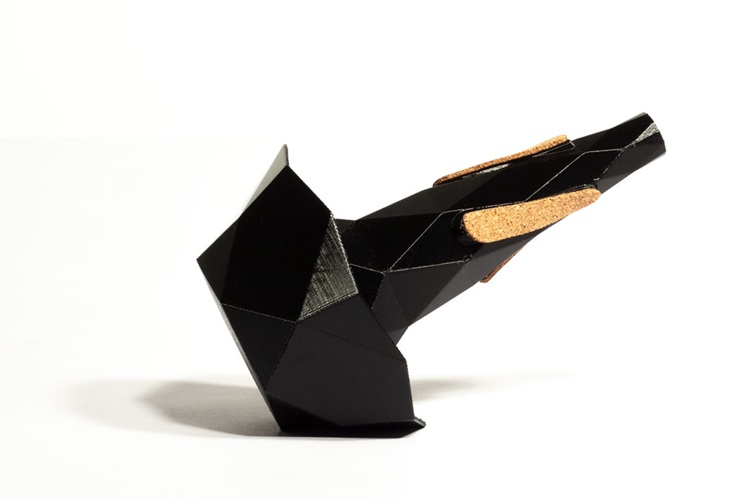
The fixed cup mute (above)
Overall:

We found that Hawkins Mutes certainly back their innovative design concept with excellent quality in manufacture which offers a subtly new and distinctive sound for cornet players as soloists or as a section.
Though not mass-produced and positioned at the premium end of the price range, their quality and unique characteristics justify the investment.
They allow individual performers to experiment with textures and colours and can add a subtle addition to a cornet section’s sound palette.
Though not mass-produced and positioned at the premium end of the price range, their quality and unique characteristics justify the investment.
To find out more: https://hawkinsmutes.com


